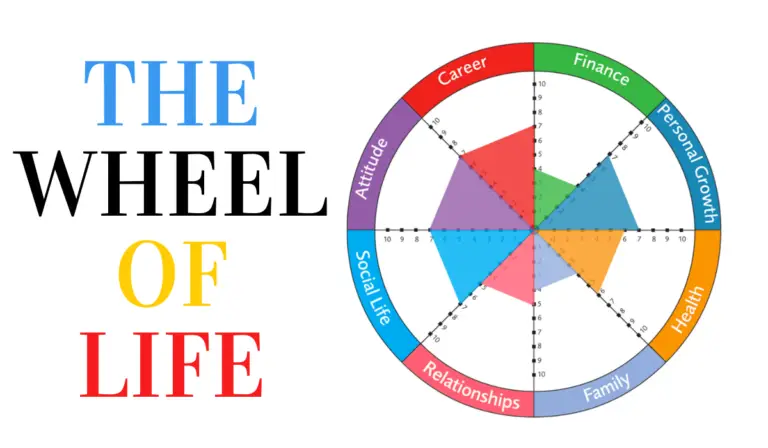
While some areas receive all of your attention, others get none. In this way, this ubiquitous Buddhist symbol which hangs near the entrance to every temple comes alive and acts as an initiator of wisdom as to how our own Heart is reborn moment by moment and day to day.Have you ever felt that your life is off kilter? Are there certain states on this Wheel where ‘I’ spend more times than others? Are there some states of which we are unaware? What sort of things does a fighting demon (asura), do when it manifests in one’s own body? What thoughts does a god-like state think? What do hell beings believe about themselves and others? We can make a note of each thing we notice on our own Wheel. In this way we can craft our own Wheel of Life and having done so we can now begin to notice what state ‘I’ am in and what the characteristics are that identify that state. Who would be good examples of these qualities? What qualities do these possess that make them heroic? Perhaps it is strength and determination, or selflessness, or wisdom. So this realm is characterised by the best of what it means to be human and is populated for example by those whom we consider to be heroes or heroines. The human realm is, as the Buddha said, the one realm from which liberation from the Wheel is possible. The fate of animals is that they are subject to circumstances and have little power over them. The animal realm is a state of little redress. These are symbolic rather than literal and have different associations in India than in Europe.

The two realms to be careful of in our understanding of them are the animal and the human realms. Which character from history or fiction appears ‘god-like’ or suffers the indignities of the hell realms? We can spend time familiarising ourselves with the stories of these chosen representatives to discover their motivations, typical defences and the effects of these on themselves and on others around them.

All these can help populate the meaning of each realm, to give a flavour of them.Ī useful exercise to help populate these six realms and to bring them to life is to ponder who would be a good example of that particular state of consciousness. The Buddhist corpus of literature has many stories about devas (deities), asuras ( fighting demons) and hungry ghosts. There is plenty of material in books and on the internet and we might like to do some research for ourselves on this. Firstly, we need to become acquainted with the meaning of each realm. In the first instance, we take the six realms and ponder them as six states of consciousness or six types of mind/heart. Master Daiyu Myokyo used to say that a useful way of looking at this classic Buddhist symbol is as a psychological map, but how does that work? From this contemplation, methods of application in daily life may arise. As it is so important, it acts as an excellent object for contemplation and practitioners can usefully do this from time to time simply to allow its complex and often startling imagery to perfume the heart. This is the personification of ever-restless change, the principle of impermanence.Īll the central teachings of the Buddha are connected with this image, and that is why it is found so frequently. This symbol is held by a fearsome being with huge teeth and claws and with three eyes, which symbolise the past, the present and the future. On the rim are 12 images portraying the workings of karma and re-birth. Then there is a wheel whose main body is divided, like a pie, into six realms. Here beings circulate up and down, signifying the turning of the wheel, which is in constant motion. There is a wheel surrounding this divided into a light half and a dark half.

There are concentric wheels within the Wheel the central one has three animals in it, the boar to represent delusion, the snake to represent anger and aversion and the cockerel to represent greed and the desire to accumulate. The details of each image of the Wheel vary from place to place, but the common elements remain the same. It can usually be found near the entrance to a temple or monastery and visitors are often instructed in its meaning by the guest monk. The Buddhist Wheel of Life is perhaps the most ubiquitous image in Buddhism, after that of the Buddha himself.


 0 kommentar(er)
0 kommentar(er)
